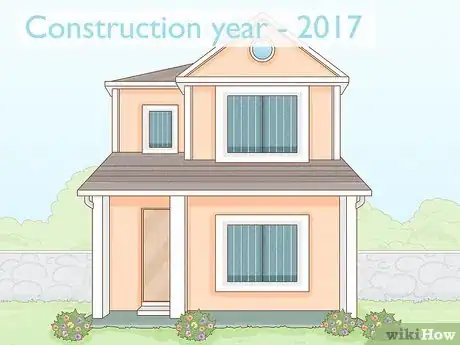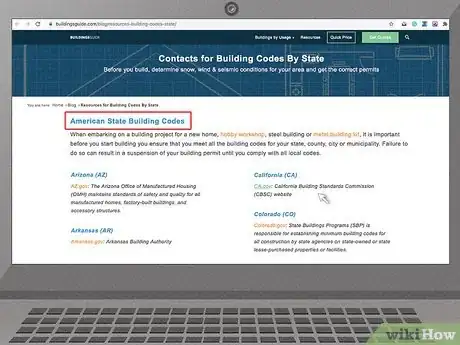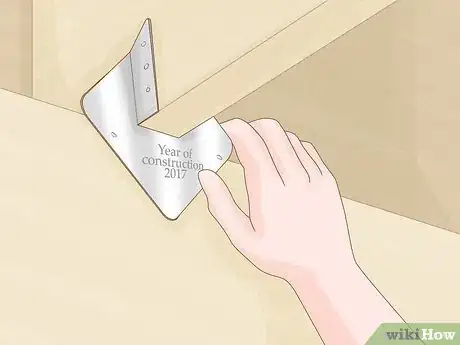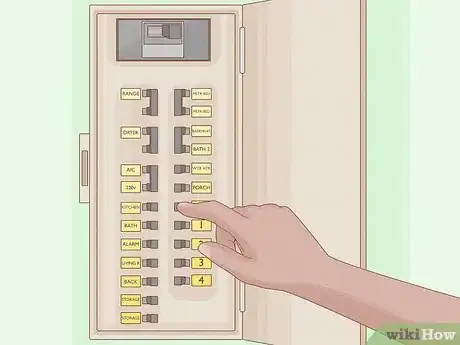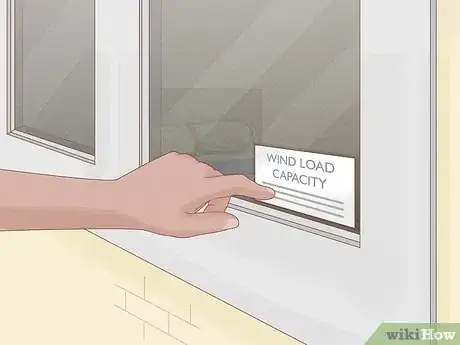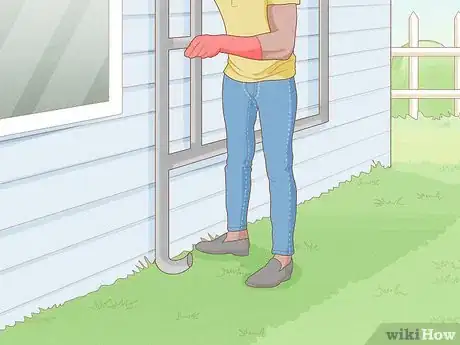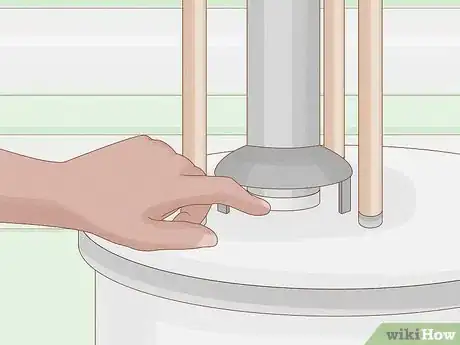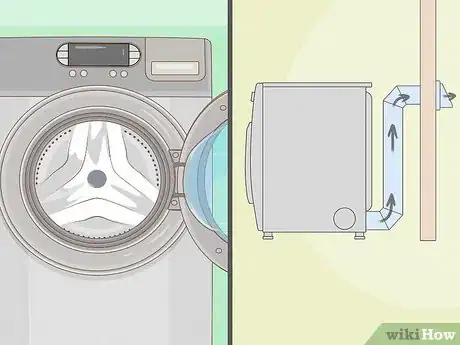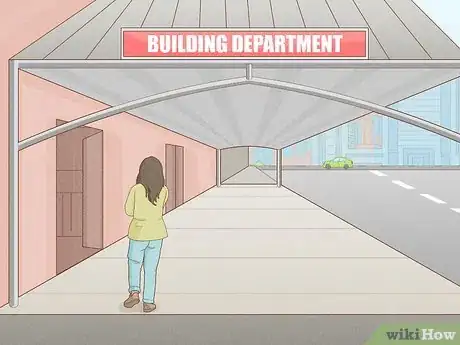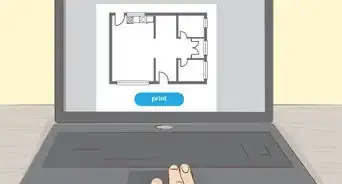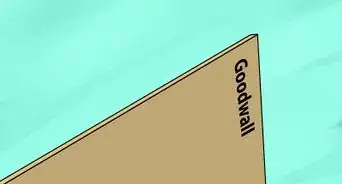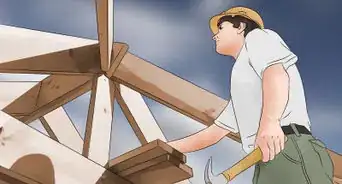This article was co-authored by GreatBuildz. GreatBuildz is a free service that matches homeowners with reliable, pre-screened general contractors. GreatBuildz was founded by a team of real estate and construction experts who believe everyone deserves to find a great contractor, have a stress-free renovation, and enjoy their beautiful new space. GreatBuildz connects homeowners with reputable contractors who passed their rigorous screening process and signed their code of conduct. GreatBuildz also individually selects contractors for the specific project and provides ongoing support to ensure everything goes smoothly.
There are 9 references cited in this article, which can be found at the bottom of the page.
This article has been viewed 98,077 times.
Building inspectors can make mistakes, disreputable builders can cut corners, or a house may predate current building codes. Here are some steps to help you determine if your home (or one you're wanting to purchase) has building code violations, knowledge of which can save you from experiencing trouble down the track.
Steps
-
1Determine when your home was built. The International Code Council Commercial and Residential Building codes are revised and updated in three year cycles[1] , and by knowing when your home was built you will be able to see what changes have occurred in your jurisdiction's building codes after it was built. Here are some general changes you might look for:
- Changes in wiring standards, such as the elimination of the use of aluminum wiring in residential construction, with the exception of service entry wiring, and the requirement for ground fault circuit interrupters near wet locations. Other substantial changes in the electrical trade have also been made.
- Changes in site plan requirements to decrease flooding problems and to reduce storm water pollution have been implemented in many jurisdictions.
- Wind load and snow load requirements to strengthen structural elements for homes have been developed to prevent damage in severe weather conditions such as hurricanes, blizzards, and earthquakes.
- Energy efficiency improvements have been addressed, although they may not be specifically written into building codes. The use of insulated or double-insulated HVAC ductwork is required in many areas, and minimum standards for wall and ceiling insulation may apply in your area.
- Roofing installation and shingle wind resistance standards apply in many areas subject to high winds. Flame spread limits or nonflammable roofing may be required in areas subject to wildfires.
-
2Research the local building codes specific to your area.[2] You should be able to find this information at your local building inspection office or zoning and building department. You can also ask experienced builders in your area. They will have a vast store of knowledge in building codes, since they are required to know the current codes, and will likely remember changes they have seen over the years.[3]Advertisement
-
3Find out who built your home. If the builder is still in business, he or she may have records of the date of construction, and may even have contract drawings and copies of permits required at the time of construction. These will give you very specific information about the construction of your home. Check the records at your local building department for plans, permits, inspections and so on.[4]
- In some cases, the builder may no longer be in business or even alive. If the business is still around, ask the inheritors of the business if they're able to help. Alternatively, in many cases it will be possible to obtain drawings, plans and other useful materials from your local planning authority or municipality responsible for building codes and resource consents.
-
4Consider hiring a private building inspector to check your home. Many real estate transactions and home sales require these inspections, and a licensed, trained inspector should know what code requirements apply to your home.[5]
- When hiring an inspector, be sure to choose someone with a lot of experience and good industry reputation. If the building inspectors are required to be registered or to belong to a professional body, be sure to ask for these indicators of assured quality.
- If your home was inspected as part of a purchase, reread the report, or consider having a new inspection performed if it has been many years since you moved into your home.
-
5Make your own assessment if you are capable. While it isn't practical to remove brick from a wall to observe the installation of masonry anchorages or brick ties (usually required by code), you may be able to look for hurricane clips on roof framing members in your attic, and while you are there, you can also check the depth of attic insulation, strapping of wiring cables, installation of junction box covers, and other roof/attic construction details.
-
6Look in the electrical panel box to make sure circuits are labeled correctly, breakers are sized to match circuit requirements, and the like. You may want to hire an electrician to remove the dead front of the panel to inspect the wiring connections to breakers (or fuses), so the type of wire (copper vs aluminum) can be determined, the size of wires, and the existence of grounding legs for circuits.[6]
- Having a qualified electrician check the state of the wiring in older houses can be very important. In some cases decades of (often illegal) incremental DIY fixes to wiring or a total lack of replacing aging wires in such homes can present a fire hazard and potential electrocution problems. An electrician will be able to tell you immediately whether or not major fixes will be needed.
-
7Look at the house windows closely. Do the frames have wind load labels, and is the glazing double or triple glazed to provide insulation and to resist impact? Are there visible fasteners to assure you they are securely installed? Other window features like Low E coatings may be more difficult to confirm. Tempered or safety glass on the other hand must have a manufacturers designation, designating the type of glass and the safety glazing standard with which it complies. This designation must be visible at final installation and be acid etched or otherwise applied so that it cannot be removed without being destroyed.[7]
-
8Check the visible water lines to determine if the proper pipe materials were used. It is difficult for a layman to determine if lead solder was used to connect copper pipes, but if you see a dull, grey plastic pipe with aluminum crimped couplings, there is a good chance your house, or parts of it, were fitted with polybutylene pipe that has since been removed from use, since chlorine in the water is known to cause deterioration of the internal chemical structure of polybutylene piping and the associated acetal fittings and will cause leaks. Since the pipe is being compromised from the inside, it is virtually impossible to know the condition of the polybutylene piping.[8]
-
9Check your water heater to see if it is a gas-fired unit, and make sure it is vented in a metal pipe. Check the area it is located in to make sure it has sufficient ventilation, as these may cause a risk of carbon monoxide poisoning. If the gas water heater is located in a garage, make sure that the pilot flame is a minimum of 18 inches (45.7 cm) above the floor.[9]
- Check the water heater to see if it is fitted with a pressure relief valve, the valve should be plumbed to the exterior of the building.
- Make sure that, if you are located in a seismic design category C,D,E or F (you can find this out at your local building department), the water heater is strapped at the upper 1/3 and lower 1/3 of it's vertical dimensions to resist horizontal displacement during a seismic event.
-
10Look at your laundry equipment. Does the clothes dryer have a metal exhaust duct with a smooth inner surface? Is the length of the duct 35 feet (10.7 m) or less (minus up to 5 feet for each 90° elbow)?
- See if the plumbing fixtures for the washing machine are strapped and the drain line is routed into the sanitary sewer system of your home. Some local building codes allow gray water discharge in certain areas, but most do not permit direct discharge onto the ground outside your home.
-
11Visit your local building department after you have researched your local building codes and inspected your home yourself. Ask the staff there if they provide a courtesy re-inspection of your home to check compliance to local codes. They may offer a free inspection service, or they may inspect your home for a nominal fee, depending on how the office is operated.
Expert Q&A
Did you know you can get expert answers for this article?
Unlock expert answers by supporting wikiHow
-
QuestionWhat are the most common code violations to look for?
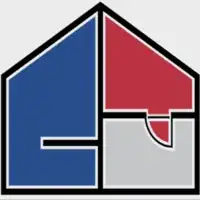 GreatBuildzGreatBuildz is a free service that matches homeowners with reliable, pre-screened general contractors. GreatBuildz was founded by a team of real estate and construction experts who believe everyone deserves to find a great contractor, have a stress-free renovation, and enjoy their beautiful new space. GreatBuildz connects homeowners with reputable contractors who passed their rigorous screening process and signed their code of conduct. GreatBuildz also individually selects contractors for the specific project and provides ongoing support to ensure everything goes smoothly.
GreatBuildzGreatBuildz is a free service that matches homeowners with reliable, pre-screened general contractors. GreatBuildz was founded by a team of real estate and construction experts who believe everyone deserves to find a great contractor, have a stress-free renovation, and enjoy their beautiful new space. GreatBuildz connects homeowners with reputable contractors who passed their rigorous screening process and signed their code of conduct. GreatBuildz also individually selects contractors for the specific project and provides ongoing support to ensure everything goes smoothly.
Contractor Matching Service
-
QuestionOur house was built in 2003, in 2004 the code was amended to require venting of the gas range hood to the outside. We're selling and the buyers are demanding that we do this, is it necessary?
 Community AnswerIf your home was built before this code, it's not required that you bring it up to code, the code is for new construction or if you're doing renovations. The house inspector might flag this when people want to buy the house, which could lower the value if they wish to bring it up to code, though. It's up to you what you want to do in terms of the buyers. You might just want to see if they'll lower their offer.
Community AnswerIf your home was built before this code, it's not required that you bring it up to code, the code is for new construction or if you're doing renovations. The house inspector might flag this when people want to buy the house, which could lower the value if they wish to bring it up to code, though. It's up to you what you want to do in terms of the buyers. You might just want to see if they'll lower their offer. -
QuestionIs it a code violation to not have an exhaust fan in the bathroom?
 Community AnswerA bathroom with a working window does not require an exhaust fan, but if you don't have a window, your local code may require a fan.
Community AnswerA bathroom with a working window does not require an exhaust fan, but if you don't have a window, your local code may require a fan.
Warnings
- Performing some of the steps in this article may be dangerous unless you are qualified to do them. Use caution if you open electrical panels or enter an attic where access is difficult and limited.⧼thumbs_response⧽
Things You'll Need
- Research resources and time
- Basic tools such as a screwdriver and flashlight
- Qualified assessors to assist your inspection
References
- ↑ https://www.iccsafe.org/wp-content/uploads/ICC-CDP-How-It-Works.pdf
- ↑ GreatBuildz. Contractor Matching Service. Expert Interview. 25 November 2020.
- ↑ https://www.buildingsguide.com/blog/resources-building-codes-state/
- ↑ https://www.architecturaldigest.com/story/property-history-how-to-look-up-the-history-of-your-home
- ↑ https://www.realtor.com/advice/buy/should-you-hire-a-home-inspector-for-a-new-house/
- ↑ https://www.thisismoney.co.uk/money/mortgageshome/article-3498654/Two-thirds-homeowners-fail-check-electrics-buying-property.html
- ↑ https://www.bobvila.com/slideshow/10-building-code-violations-your-home-may-be-guilty-of-51939#smoke-detector-building-code
- ↑ https://porch.com/advice/polybutylene-piping-concerns-risks-resolutions
- ↑ https://www.youtube.com/watch?v=Ir-2L7w9oSo
